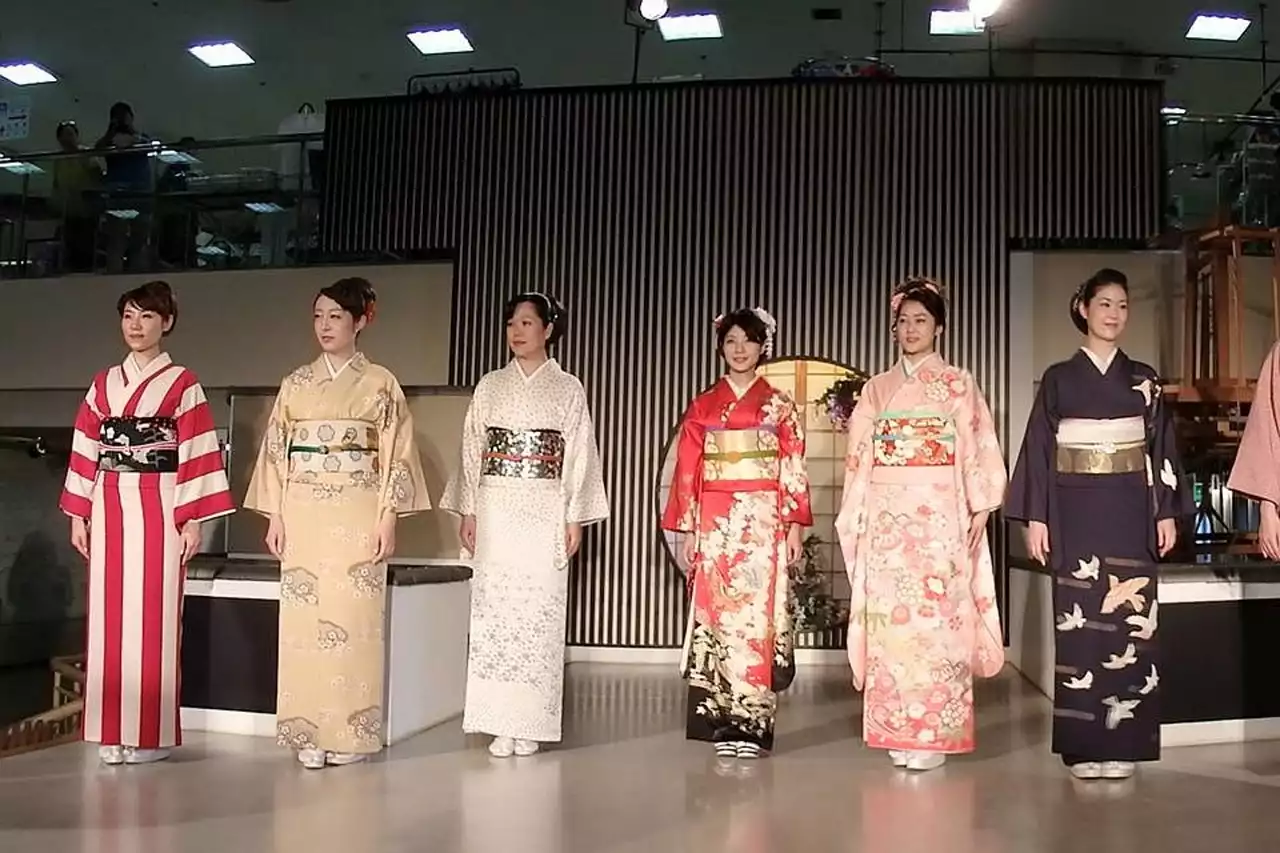Japanese fashion design has a unique and subtle style that is not commonly seen in Western fashion. Japanese fashion is known for its clean, minimalist look and many designers have taken inspiration from this culture to make their own pieces. The focus of Japanese fashion design is on simplicity and subtlety. Many common elements are used in the designs, making it easy to spot a piece as being inspired by Japanese culture rather than something more conventional. It’s not just about what you put on but how you do it too! In this blog post, we highlight some of our favourite examples of this Eastern textile artistry. Read on for more information about the various patterns used in Japanese fashion design.
What is Japanese Fashion Design?
When people think of Japanese fashion design they often think of Kimonos and Geisha girls. This is a common misconception as these designs are representative of traditional Japanese fashion, not the contemporary fashion that is commonly worn today. Contemporary Japanese fashion design can be best described as a minimalist approach to wardrobe, with an attention to detail and a focus on the wearer's personality. It is often described as being simplistic, but this does not mean that it is basic or boring. The style focuses on shape, texture, and colour and designers are known for taking inspiration from everyday objects and nature. The garments are made to be worn with a lot of ease and flow. They are often loose and long, with many layers to them.
The Basics of Japanese Fashion Design
Japanese fashion design is not just about the garments themselves, but also the accessories used to go with them. Many pieces are designed with a specific item in mind, like a fan, or a piece of fabric in the form of obi belts; both of which are very common in Japanese fashion. The accessories are often just as important as the garments themselves, with many designers placing a lot of focus on them. The garments are designed to have a clean and minimalist look, using very simplistic patterns, colours, and shapes to create them. Many of the patterns and designs used in Japanese fashion design are taken from nature, with cherry blossoms, trees, and flowers being very popular.
Cherry blossom pattern
The cherry blossom pattern is very common in Japanese fashion design. It is often seen as a symbol of change and is also representative of springtime. The blossom is used in many different ways in garments, from small patches to large garments entirely embroidered with cherry blossoms. Cherry blossom colours vary from pink, red, white, and purple. The pink blossom is often used for wedding dresses, pink being a colour that represents love, while the white blossoms are commonly used for bridal kimonos.
Geometric Prints
Geometric prints are also very common in Japanese fashion design. These prints use different shapes and colours to create a bold and patterned print. Very often they are black and white designs that use contrasting colours to make them pop. Lines and squares are very common and are often used as decoration or to create shapes or letters. Squares are used a lot as they represent stability and strength, as well as being a very common symbol in Japanese culture.
Flower Prints and Screens
Flower prints are less common than cherry blossoms in Japanese fashion design, but they are still widely used. Many garments have small prints, or even just one large flower, while others use whole screens made of flowers. The most common flowers are the lotus, peonies, lilies, and sunflowers, while many others like irises, azaleas, roses, and morning glories are also used. Some fabrics are designed with a screen print, many of which are floral designs. It is common to see flower prints and screens on kimonos and obi belts, but they can also be found on other garments like accessories and bags.
Animal Prints in Japanese Fashion Design
Animal prints are less common than the other patterns mentioned in this article, but they are still very much present in Japanese fashion design. There are many different prints used, with snakeskin and leopard being two of the most common. Snakeskin is used for both its bold pattern as well as being a symbol of good luck. Japanese fashion designers are often inspired by their surroundings, and this is also evident in their choice of print. They commonly use animals that are native to Japan, like the spotted deer and the Japanese raccoon dog.
Summing up
Japanese fashion design has a unique and subtle style that is not commonly seen in Western fashion. Japanese fashion is known for its clean, minimalist look and many designers have taken inspiration from this culture to make their own pieces. The focus of Japanese fashion design is on simplicity and subtlety. Many common elements are used in the designs, making it easy to spot a piece as being inspired by Japanese culture rather than something more conventional. In this article, we highlight some of our favourite examples of this Eastern textile artistry. Read on for more information about the various patterns used in Japanese fashion design.


 Take Care of Your Skin From the Inside Out
Take Care of Your Skin From the Inside Out The Best Mascaras on the Market
The Best Mascaras on the Market
 The Cruise Ships that Offer Exploration Cruising
The Cruise Ships that Offer Exploration Cruising Traditional Japanese Fabrics and Textiles
Traditional Japanese Fabrics and Textiles Traditional Fashion for the Japanese Man
Traditional Fashion for the Japanese Man Japanese Women and Traditional Clothing
Japanese Women and Traditional Clothing